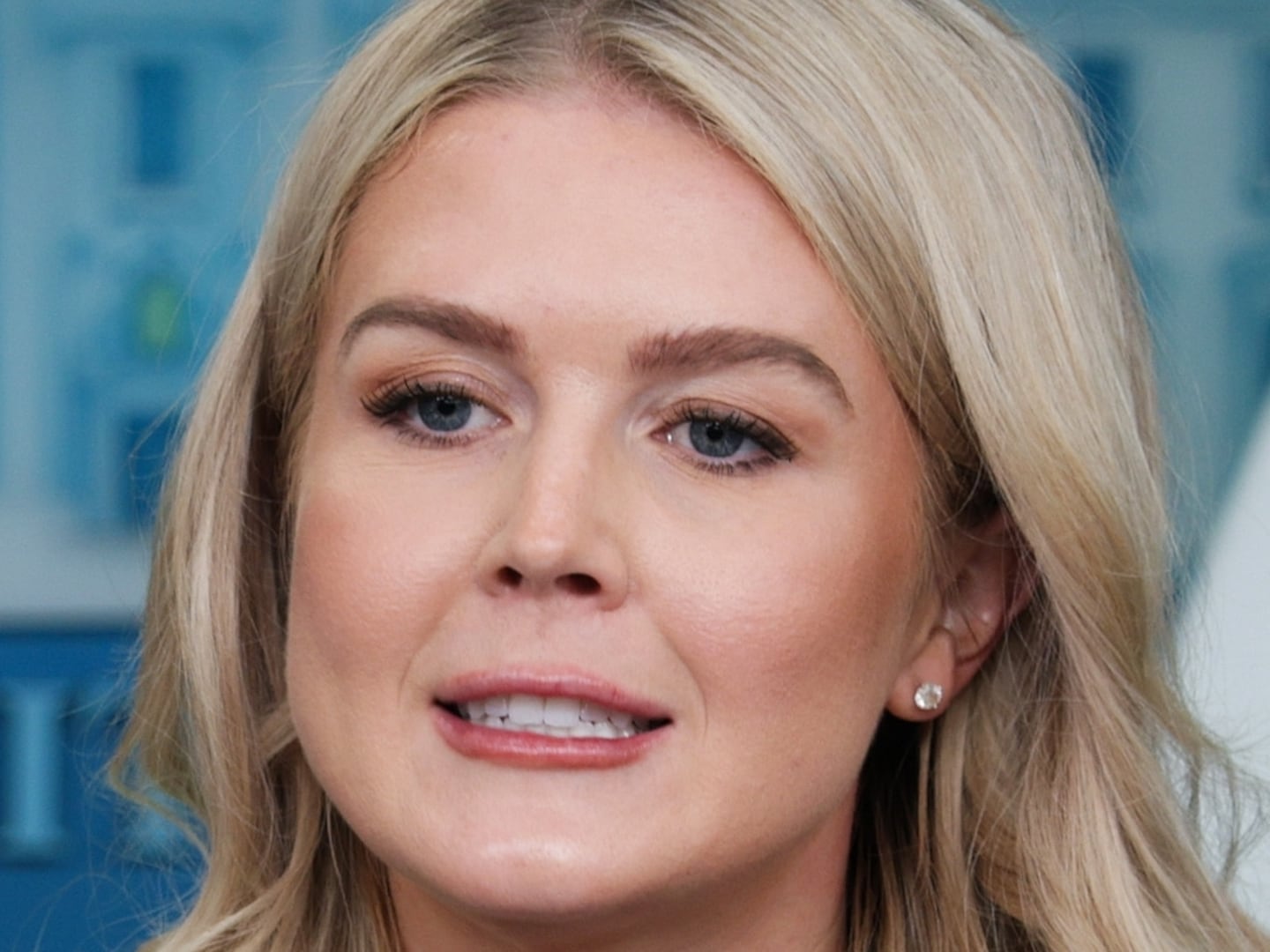Bad schools translate into high dropout rates. And those rates lead to depressed lifelong incomes. The Daily Beast crunches the numbers to determine the 10 cities that have lowest-percentages of high-school graduates. Plus, read more on Giving Beast, our new philanthropy site.
Fifteen percent of American high schools, known as “dropout factories,” produce more than half of American dropouts. Research shows these schools are clustered in California, the Southwest, and the Old South. Now a new Census analysis by The Daily Beast demonstrates that regions with poor schools are lifelong magnets for high-school dropouts, and suffer from stagnant economies and rock-bottom salaries.
Click the Image Below to View Our Gallery

In second place was McAllen, Texas, the same city The New Yorker found had the highest health-care costs in the nation—devastating for residents who typically earn just $17,127 each year.
Four metropolitan areas in California rank among the highest in the country for high-school dropouts, according to our analysis of the 2008 Census data. Bakersfield, California, has the most high-school dropouts in the country for metropolitan areas with more than 500,000 people. Roughly 16 percent of the Bakersfield population over 18 does not have a high-school diploma. Using the same population threshold, the Bakersfield area also ranked fifth lowest in the nation for median individual annual earnings, with $24,228 earned yearly by workers there.
“Unfortunately, those areas are struggling in terms of every possible indicator that has to do with kids and poverty and education,” says Ellen Winn, director of the Education Equality Project. High-school students who drop out this year will miss out on about $335 billion in wages during their lives, according to an August report from the Alliance for Excellent Education, a secondary-education advocacy organization. And dropouts tend also to be more adversely affected by economic declines. The national unemployment rate for high-school dropouts was 15 percent in September 2009, compared to 4.9 percent for people with higher education degrees, according to the Bureau of Labor Statistics.
Plus, Alma Powell on why the dropout problem matters.
Clark Merrefield is a reporter, researcher and writer based in New York.






